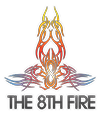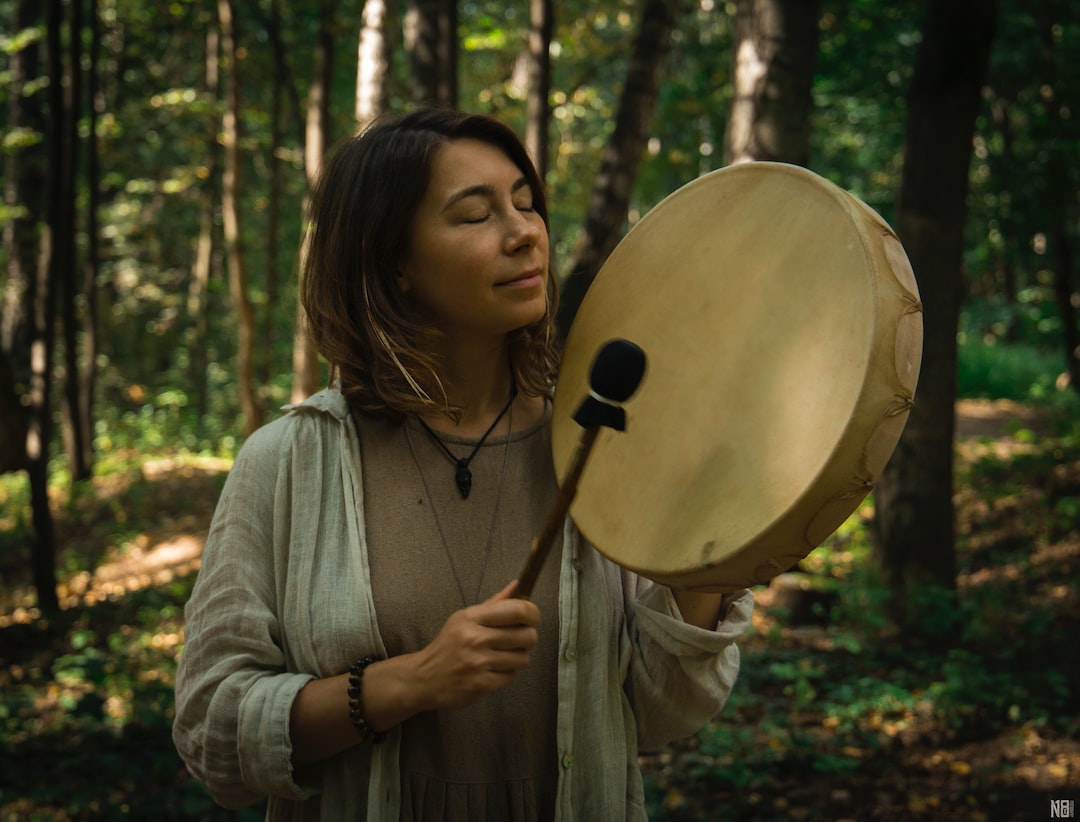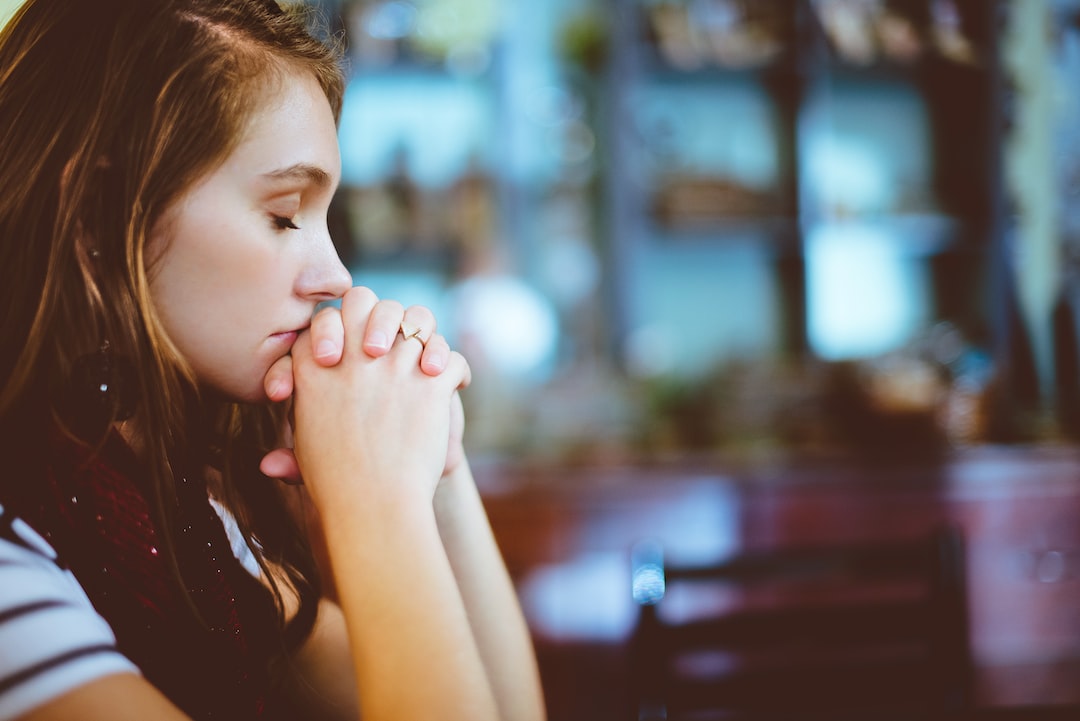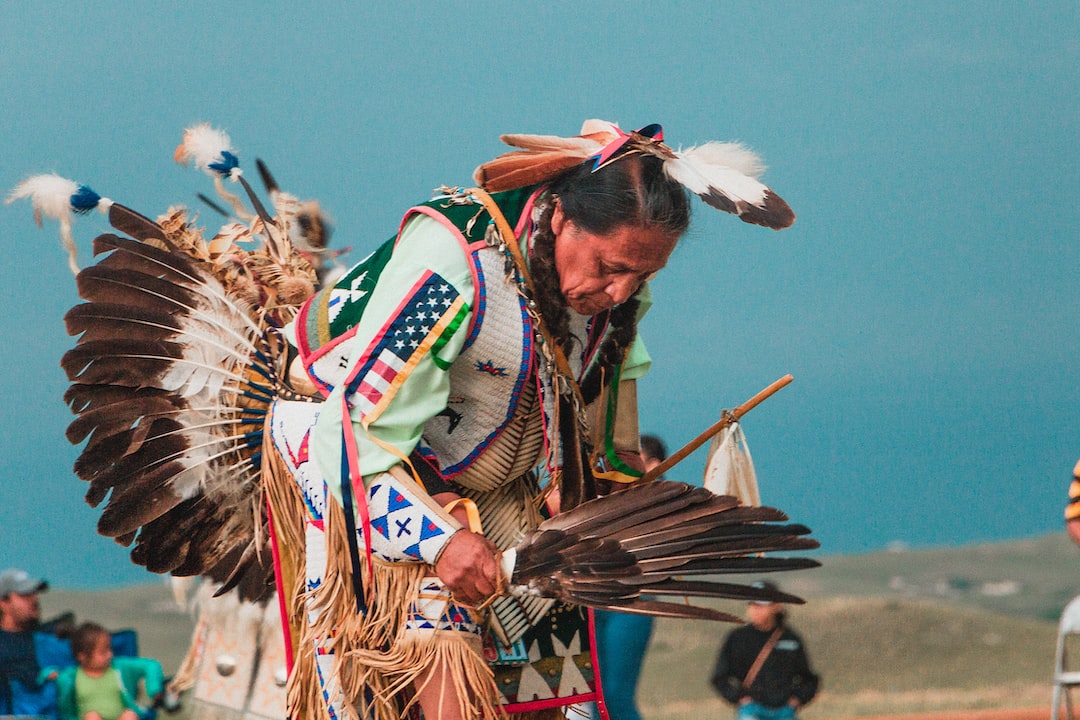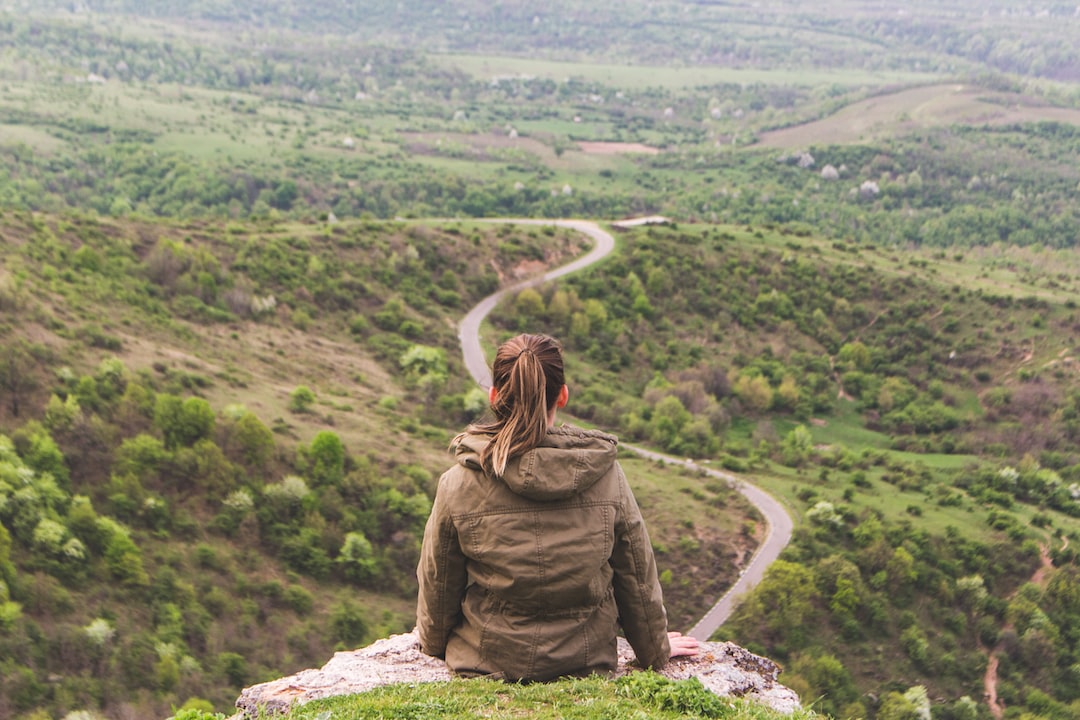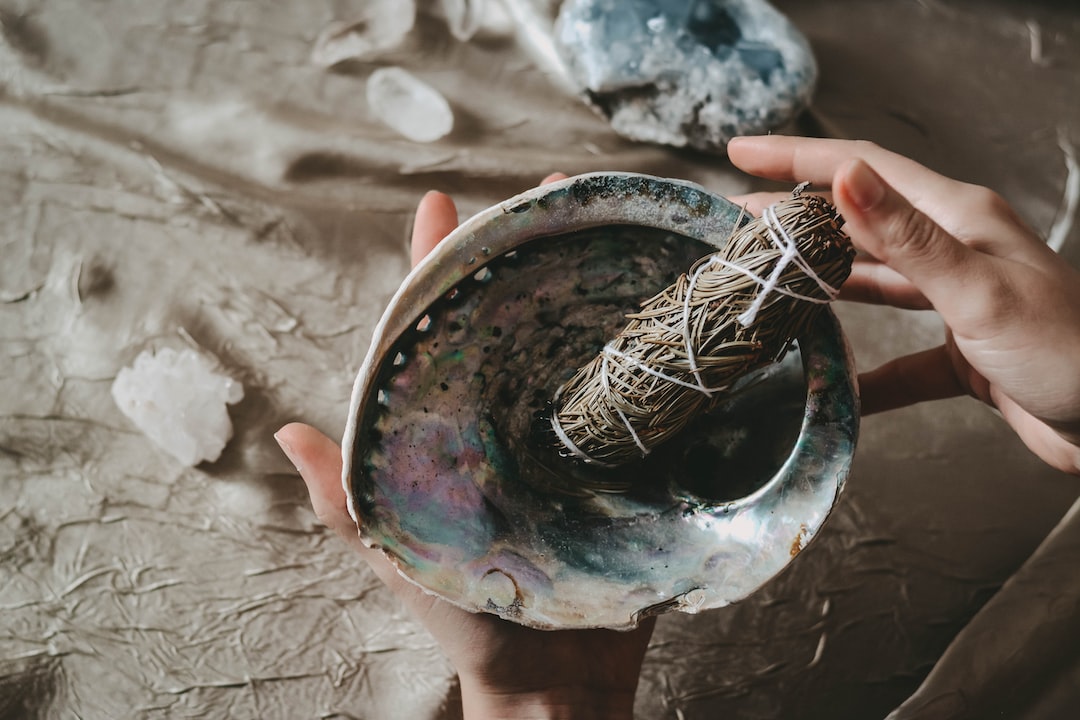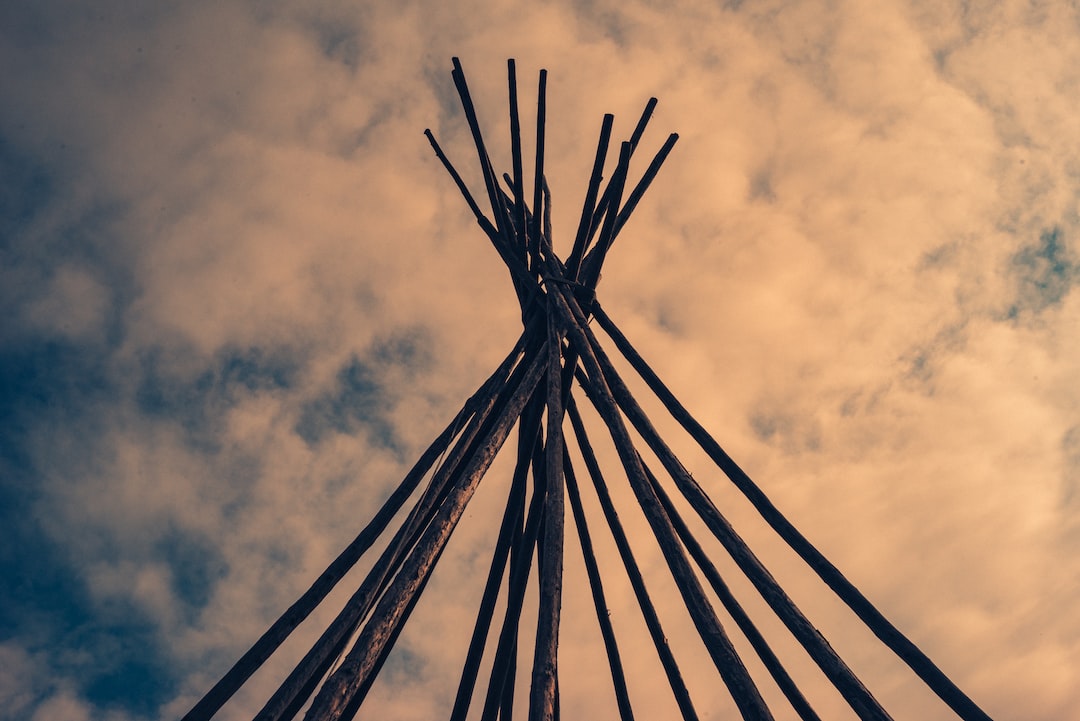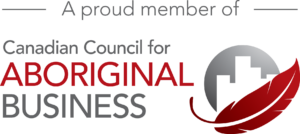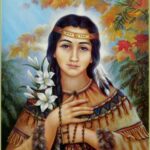Indigenous Healing: Unveiling Ancient Practices and Beliefs
Unraveling the Tapestry of Indigenous Healing: An In-depth Introduction
The web of humanity’s health and wellness traditions is vast and varied. One of its most profound threads, woven intricately with age-old wisdom, is that of Indigenous Healing. But what is Indigenous Healing? In an era dominated by modern medicine, taking a moment to appreciate the rich, holistic approach of Indigenous Healing practices becomes not just insightful but also necessary.
What is Indigenous Healing?
Indigenous Healing is an amalgamation of Traditional practices, beliefs, and Ceremonies rooted deeply within Indigenous communities. These practices have been passed down through generations, serving as curative methods and as a bridge connecting these communities’ past, present, and future. Indigenous Healing isn’t just about treating ailments; it’s about restoring harmony within the individual, community, and the natural world. Like anything, they grow from their roots and are not limited to them. They change expression through language, technology, and the diversity of the People.
Beliefs Central to Indigenous Healing
The cornerstone of Indigenous Healing lies in its profound spiritual undertone. Unlike the compartmentalized approach of Western medicine, Indigenous Healing practices believe in the interconnectedness of mind, body, and spirit. This holistic belief system underscores that illness isn’t an isolated event but a manifestation of disharmony in one’s life or environment.
The relationship with the land plays a pivotal role in Indigenous Healing. Mother Earth isn’t viewed merely as a provider but as a living entity in which one shares a symbiotic relationship. Respecting, honouring, and nurturing this relationship becomes paramount for wellness.
Key Indigenous Healing Practices
Different Indigenous communities have distinct Healing Rituals and Practices. However, certain elements are universally recognized across these communities:
- Herbal Remedies: Plants are nature’s pharmacy for the Indigenous Healer. Every herb, root, or plant holds medicinal properties and is used thoughtfully to restore balance and health.
- Rituals and Ceremonies: These can range from dances, and songs to rites of passage, serving various purposes. Whether it’s invoking Ancestral Spirits, Healing a person, or celebrating life’s milestones, Rituals are at the heart of Indigenous Healing.
- Storytelling: Narratives are potent tools for Healing in Indigenous cultures. Through stories, communities impart wisdom, values, and historical recounts, fostering a sense of belonging and understanding.
- Dream Analysis: Dreams are seen as messages from the Spirit Realm. Analyzing them can provide insights into an individual’s life, helping address physical and spiritual ailments.
The Role of the Indigenous Healer
An Indigenous Healer, often called a Shaman or Medicine Person, holds a revered position in the community. They aren’t just curers, spiritual guides, mentors, and community leaders. Their training begins early in life, marked by specific visions or calls. These Healers undergo rigorous training, mastering the intricate art of herbs, Ceremonies, and Spiritual guidance.
Conclusion
Recognizing the wealth of knowledge embedded in Indigenous Healing practices is crucial in a rapidly global world. As we move forward, we must understand that Healing isn’t just about eradicating symptoms but restoring balance and harmony. By looking back and appreciating the wisdom of our ancestors, we find valuable lessons for a harmonious future.
